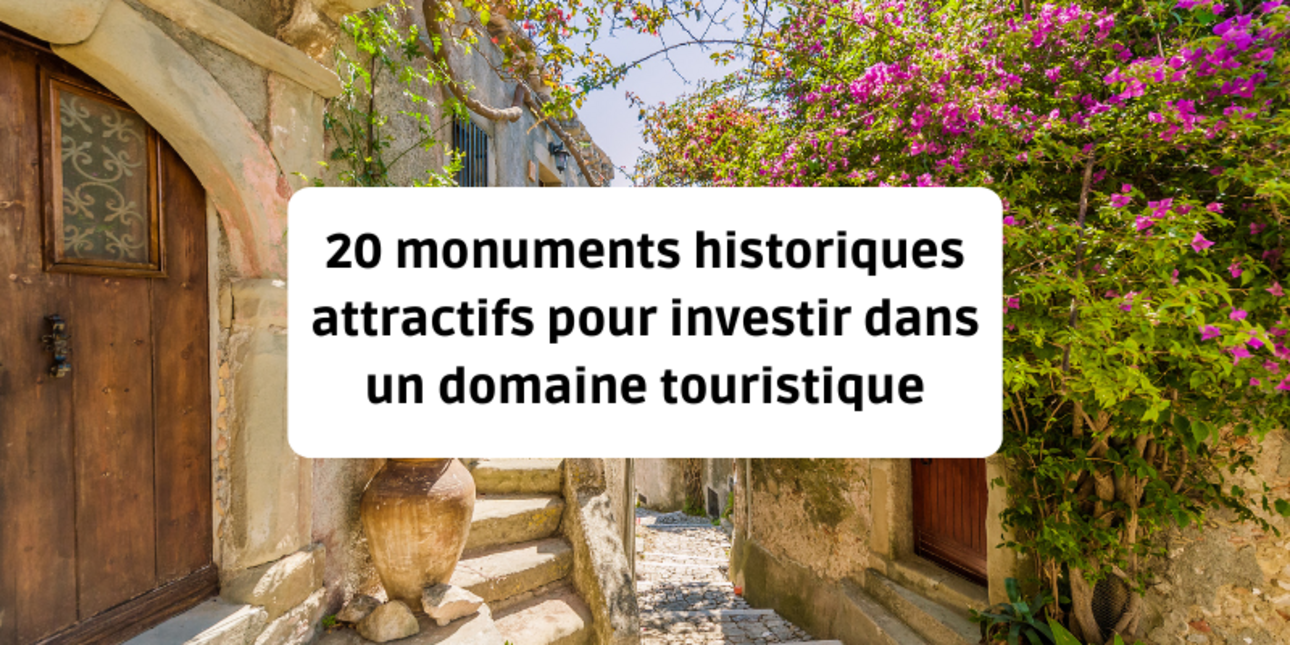
Buying a tourist property near historical monuments can be a very profitable investment. Historic monuments attract millions of visitors from France and abroad every year, offering a large potential clientele for tourist properties in the vicinity.
We have listed for you the top 20 historical monuments in France (outside Paris, Lyon and Marseille) with approximate figures for their tourist numbers between 2015 and 2020.
We also present our offer of tourist properties (gîtes, guest houses, campsites, unusual accommodation, etc.) for sale within a 30 km radius of these monuments, as well as prestigious properties (châteaux, manor houses, manor houses, mills, etc.) which can also very often lend themselves to the development of a tourist reception project.
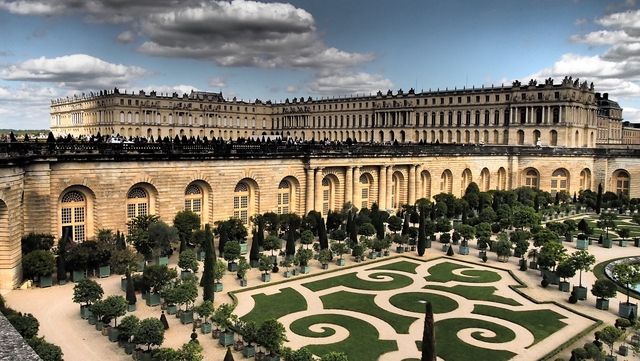
It is the most famous castle in France. Located in Versailles, it is known for its sumptuous gardens, luxurious reception rooms and for having been the residence of the French kings Louis XIV, Louis XV and Louis XVI. It attracts between 8 and 10 million visitors each year who can explore the magnificent rooms, art collections and formal gardens.
The basilica of Saint-Denis is a remarkable example of Gothic architecture. It is also the burial place of the kings of France. Clovis, François I and Louis XVI are buried there.
It receives between 1 and 2 million visitors per year.
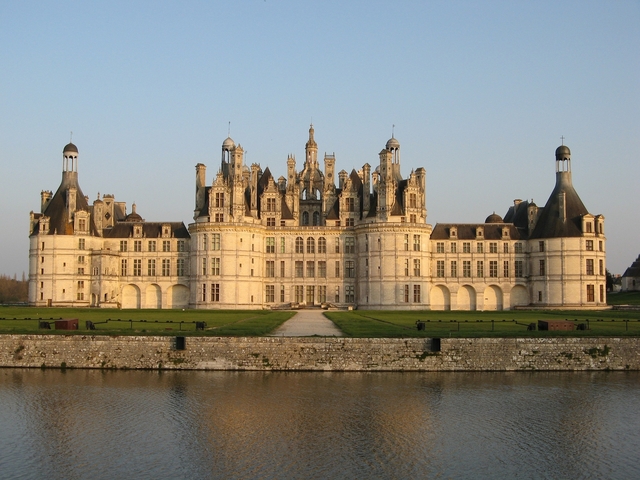
Chambord Castle is a Renaissance castle located in the Loire Valley. Known for its domed roofs, double staircases and large inner courtyard, it was used as a royal hunting ground. Considered one of the most beautiful castles of the Loire, it receives between 1.5 and 2 million visitors each year.
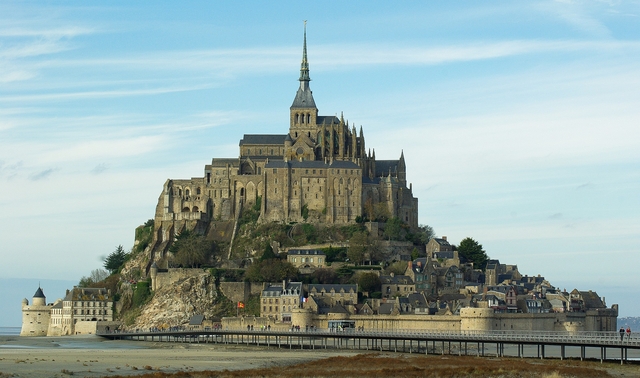
Located in Normandy, at the gateway to Brittany, Mont-Saint-Michel is a rocky island in the bay of the same name. Its abbey and medieval village attract between 2 and 3 million visitors each year. The peak season is the high tide period. It has been a popular place of pilgrimage since the Middle Ages and is a UNESCO World Heritage Site.
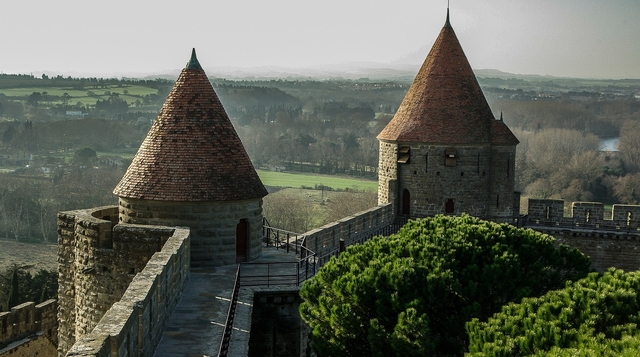
The Cité de Carcassonne is a medieval fortress located in the Languedoc-Roussillon region. Located in the heart of the city of Carcassonne, it includes a castle and its ramparts listed as a UNESCO World Heritage Site. Its narrow streets and old houses, still inhabited, and its fireworks display on 14 July attract between 3 and 4 million visitors every year.
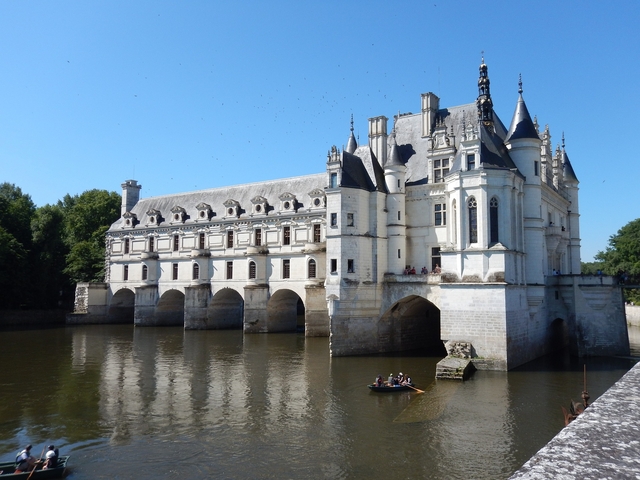
The second site on our list of the many châteaux of the Loire, this Renaissance château is famous for its façade overlooking the Cher and for having been the residence of several famous women, such as Catherine de Médicis and Diane de Poitiers. It also houses a collection of precious art and furniture. Between 1.5 and 2 million people come to visit the castle, the park and its outbuildings.
The Lascaux cave in the Dordogne is famous for its prehistoric cave paintings. The paintings depict wild animals and hunting scenes, and are considered to be among the finest archaeological finds of the 20th century. The original cave was closed to the public in 1963 to protect the paintings, but a replica has been created for visitors. It receives between 500,000 and 1 million visitors per year.
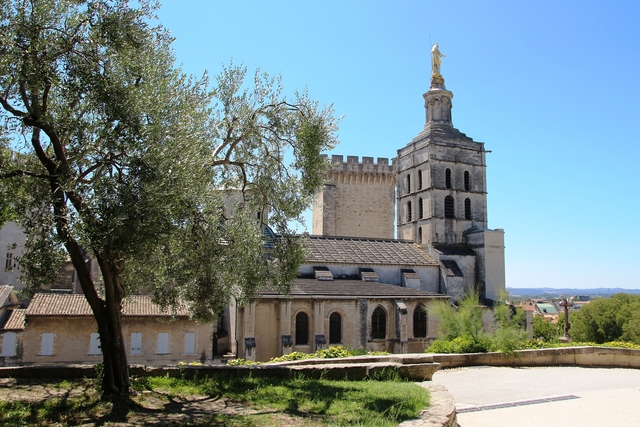
The Palais des Papes is a large Gothic building in Avignon, once the residence of the popes during the Middle Ages. It is famous for its imposing architecture, gardens and interior frescoes. It is an important symbol of the history of the Catholic Church and attracts between 1.5 and 2 million visitors per year.
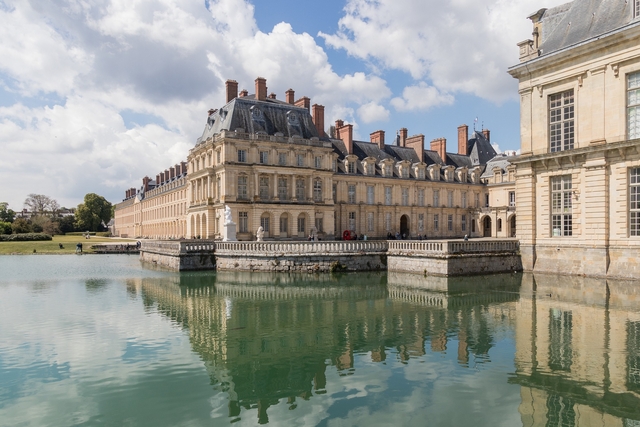
This royal castle in the Ile-de-France region is known for its gardens, art collections and for having been the residence of several kings of France. It also houses luxurious reception rooms and royal flats. It has received between 500,000 and 1 million visitors per year.
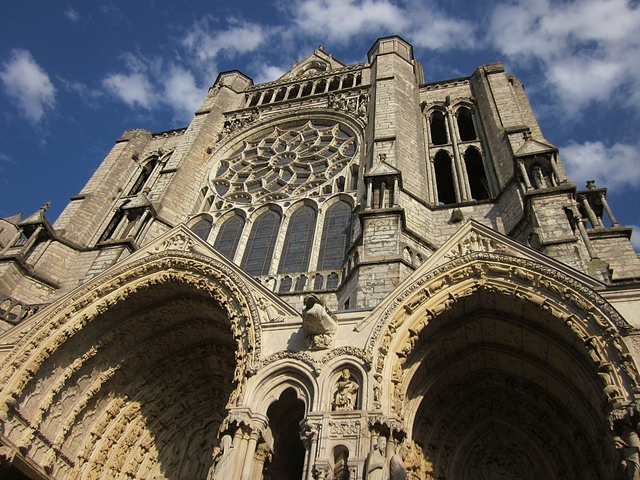
This Gothic cathedral in the Eure-et-Loir is known for its exceptional stained glass windows, its beautiful architecture and for having been an important place of pilgrimage. It is also considered a masterpiece of French Gothic architecture. It attracts between 1 and 1.5 million visitors per year.
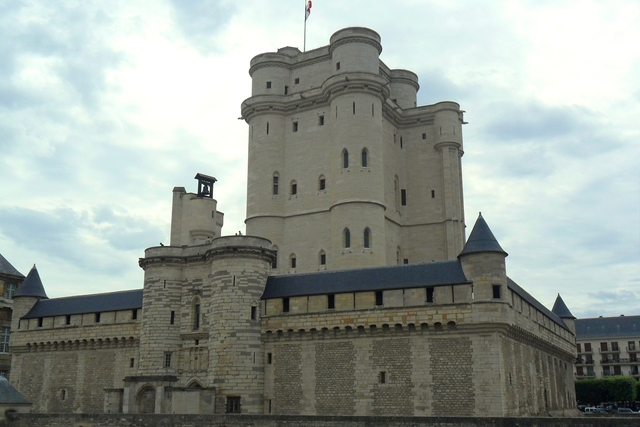
This castle in the Ile-de-France region is known for its imposing keep, its gardens and for having been the residence of several kings of France. It also houses a museum dedicated to the history of France. It has received between 500,000 and 1 million visitors per year.
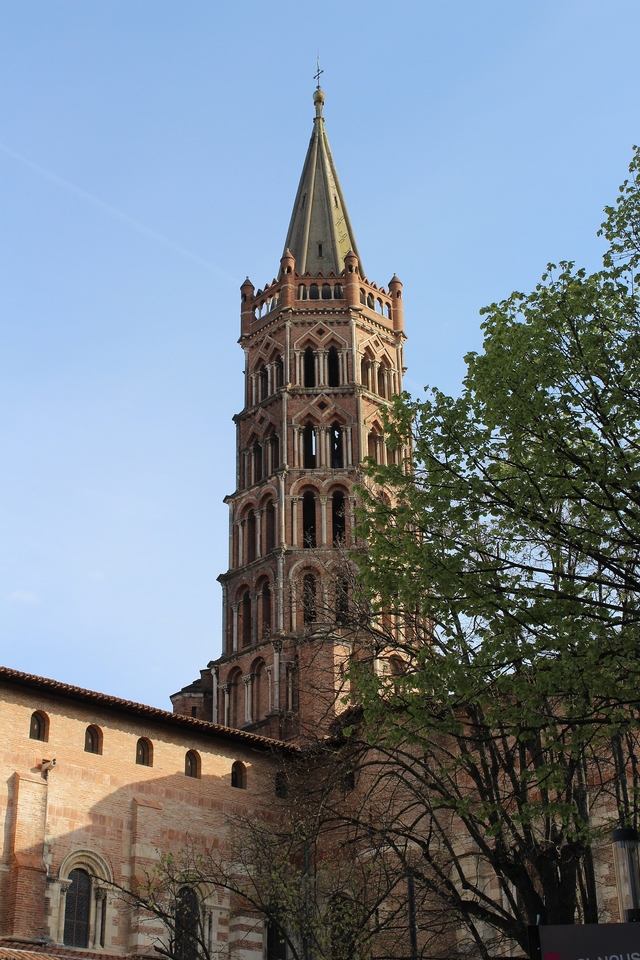
The Romanesque Basilica of Saint-Cernin in the Ville Rose, an important former pilgrimage site, is known for its remarkable architecture and beautiful acoustics. It is considered a masterpiece of French Romanesque architecture and is visited by between 500,000 and 1 million people each year.
The City of Saint-Malo is a group of ramparts and fortifications dating from the Middle Ages located in Ille-et-Vilaine. The Cité des Corsaires is famous for its maritime history and attracts between 1 and 1.5 million visitors each year to discover its cobbled streets, fortifications and sea views.
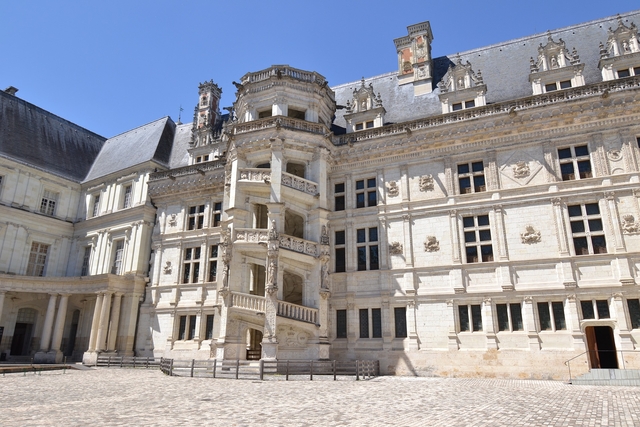
The Château de Blois is a large royal castle in the Loir-et-Cher region of France, famous for its Gothic architecture, gardens and for having been the residence of several kings of France. It also houses collections of art and precious furniture as well as a theme park dedicated to the history of France. It has received between 750,000 and 1 million visitors per year.
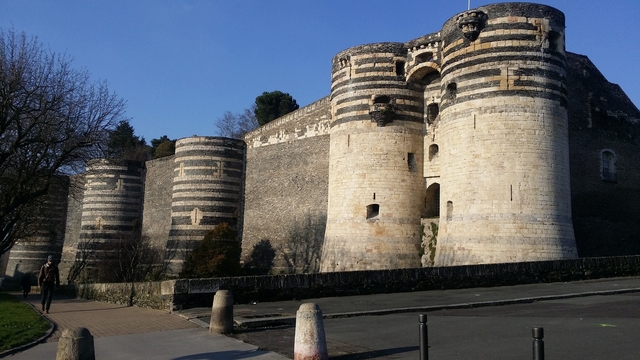
This castle, built in the 14th century, is known for its 17-tower ramparts, a collection of medieval tapestries, the Tapestry of the Apocalypse, and for having been the residence of the Dukes of Anjou. It is a symbol of the city of Angers and attracts approximately 750,000 to 1 million visitors per year.
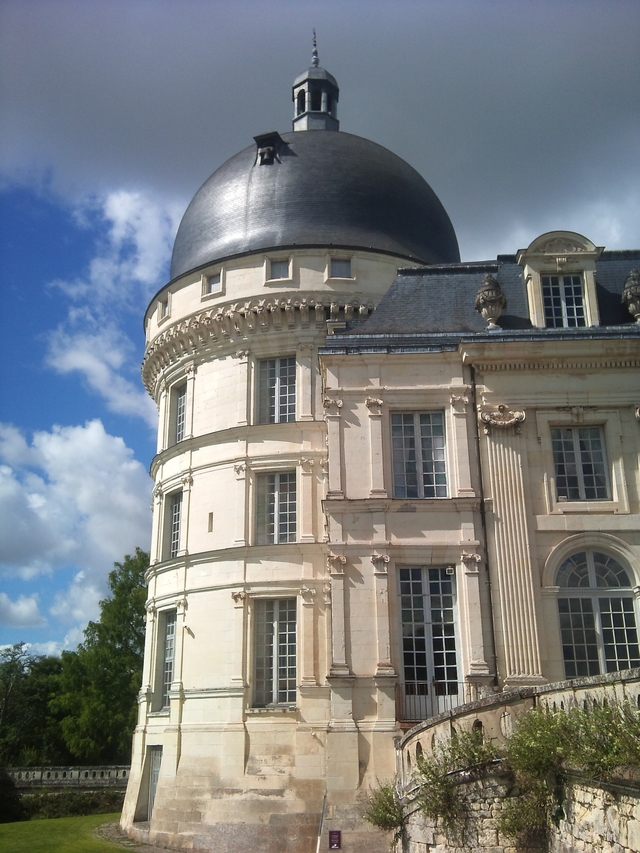
The Château de Valençay, located in the department of Indre, is a 19th century château built in the early 19th century by Duke Charles Maurice de Talleyrand-Périgord, commonly known as Talleyrand. It is famous for its neoclassical architecture and for having been the residence of eminent guests such as Napoleon Bonaparte, Charles de Gaulle and Winston Churchill. It also houses a valuable collection of furniture and paintings. Considered one of the jewels of French neoclassical architecture, it attracts 750,000 to 1 million visitors a year.
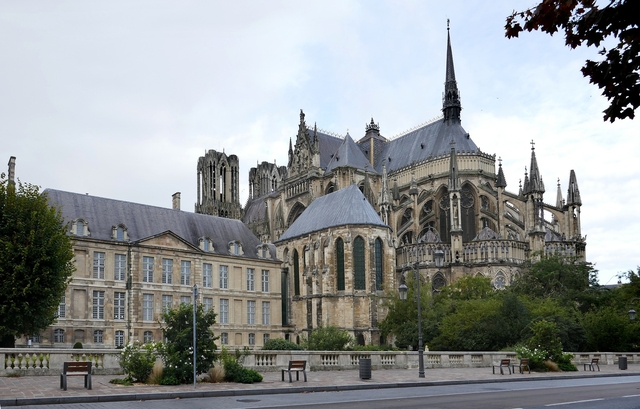
The Cathedral of Reims, the coronation place of the kings of France, dates from the 13th century. It is renowned for its stained glass windows and for having been restored after the damage of the First World War. A jewel of French Gothic architecture and a UNESCO World Heritage Site, it attracts between 500,000 and 750,000 visitors per year.
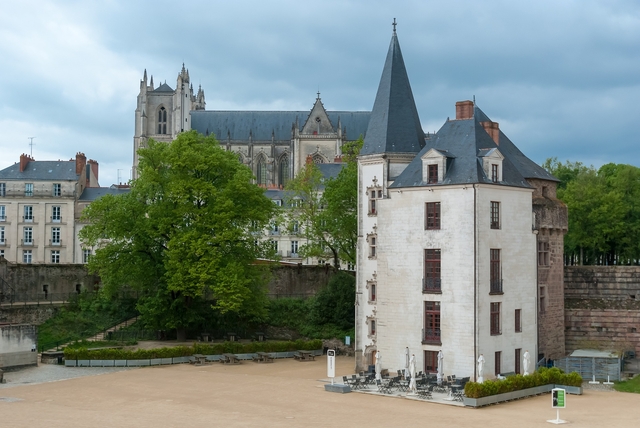
The Palace of the Dukes of Brittany is a Renaissance building located in Nantes, it is famous for its architecture, its art collections and for having been the residence of the Dukes of Brittany and in particular Anne of Brittany, successive wife of 2 kings of France. It also houses a museum dedicated to the history of Brittany. It receives between 250,000 and 500,000 visitors per year.
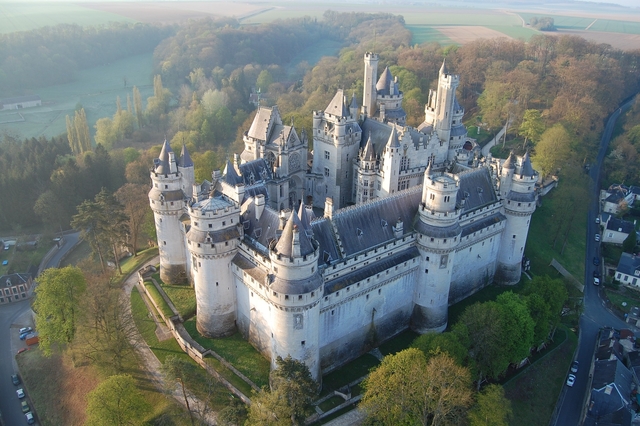
The Château de Pierrefonds is a fortified castle located in the Oise region of France. It was built in the 14th century and was restored in the 19th century by the famous architect Viollet-Le-Duc. Its imposing medieval architecture, ramparts, towers and inner courtyard attract 250,000 to 500 visitors each year.
It is important to note that attendance figures are approximate and may vary from year to year due to various factors such as weather conditions, special events, closures for restoration work, etc.
Firstly, profitability is a key benefit of buying a tourist property near a historic monument. Tourist sites often have a high demand throughout the year, providing a regular source of income for owners of gites, guest houses or stately homes. This maximises rental income while minimising financial risk.
These monuments attract guests over a very wide period of time, not just during the school holidays. There are no fads, which could lead to too many visitors over a short period of time or to a loss of interest.
Secondly, the location near a historic monument also offers an opportunity for tourism property owners to gain notoriety. Visitors to a historic monument are often looking for convenient and comfortable accommodation, and properties located nearby often benefit from increased visibility due to high footfall at these sites. This can significantly increase the number of bookings for these properties.
Finally, buying a tourist property near a historic monument also allows you to target a varied population, both French and foreign. Historic monuments attract visitors from all over the world, providing rental opportunities for owners of gîtes, guest houses or prestigious residences. Owners can also offer services tailored to this international clientele to maximise their experience and satisfaction.
Unusual accommodation such as yurts, teepees, caravans, with reception areas, can also attract visitors who are looking for a unique, original and close to nature experience. By offering activities related to the monument, or the surrounding environment, owners can complement the tourist experience and offer an original alternative to traditional accommodation.
In summary, the purchase of a tourist property near a historic monument offers many advantages in terms of profitability, notoriety and diversity of clientele. It is a unique opportunity to combine a property investment with a high rental potential while offering visitors a memorable experience.